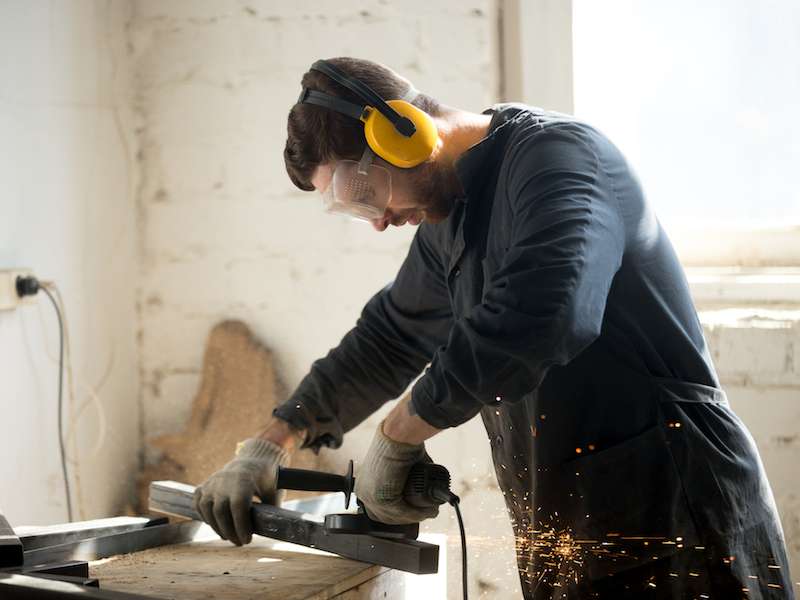
What prevents your hearing protection from working correctly? Look out for these three things.
Despite your best efforts, you can sometimes encounter things that can hinder your hearing protection, both at home and at work. And that can be frustrating. You’re trying to do the right thing after all. You put on your earmuffs every day at work; you use earplugs when you attend a concert; and you stay away from your loud Uncle Joe who is always yelling in your ears (although, perhaps you just don’t really enjoy Uncle Joe).
The point is, it can be a bit discouraging when you’re doing everything right and still there are obstacles. The nice thing is that once you know about a few of these simple issues that can interfere with your hearing protection, you can prepare yourself better. And this will keep your hearing protection working effectively even when you’re having a little difficulty.
1. Wearing The Wrong Type of Hearing Protection
There are two convenient and basic categories of ear protection: earplugs and earmuffs. Earplugs are small and, as the name indicates, can be inserted straight into the ear canal. Earmuffs are like large headphones with no sound (instead, they, you know, protect your ears).
- When you’re in a situation where sound is fairly constant, earplugs are recommended.
- Earmuffs are advised in cases where loud sounds are more intermittent.
The reasons for that are pretty simple: you’ll want to remove your ear protection when it isn’t noisy, and that’s easier to do with earmuffs than earplugs. Earplugs take a little more work to put in and are easy to lose track of so you could find yourself needing to replace lost plugs when you need them most.
Wear the right form of hearing protection in the right situation and you should be fine.
2. Your Anatomy Can Affect Your Ear Protection
There are many variables in human anatomy from one individual to another. That’s why your vocal cords are more normal sized compared to old Uncle Joe who has larger vocal cords. That’s also why you may have a smaller than average ear canal.
This can cause issues with your hearing protection. Disposable earplugs, for example, are made with a clothing mindset: small, medium, and large (even sometimes one-size-fits-all). So, perhaps you give up in frustration because you have small ear canals, and you quit using any ear protection.
This can leave you open to risk, undercutting the hearing protection you were trying to give yourself. Another example of this is individuals with large ears who often have a tough time getting earmuffs to fit comfortably. For individuals who work in loud environments, a custom fit pair of hearing protection is a good investment.
3. Assess Your Hearing Protection For Wear And Tear
You should be commended if you manage to wear your hearing protection every day. But day-to-day use will cause wear and tear to your hearing protection which you need to keep an eye on.
- Replace cushions on earmuffs every now and then (generally, when those cushions aren’t pliable, they’re ready to be replaced).
- Examine the band on earmuff protection. When the elastic is worn out and the band is failing to hold the earmuffs snug, it’s time to exchange the band.
- Clean your hearing protection. Ears aren’t exactly the cleanest part of your body (ear wax serves a good purpose and all, but it’s still kind of… gross). Be certain you clean your hearing protection thoroughly by taking them apart before you cleanse them. If you’re rinsing earplugs, don’t drop them down the drain.
If you want to get optimum benefit, you need to perform regular maintenance on your hearing protection. If you have any questions or how to do that, or how to ensure you’re ready for things that can hinder your hearing protection, it’s a smart idea to have a candid discussion with a highly qualified hearing professional.
You need your hearing. It’s worth taking the time to protect it properly.
